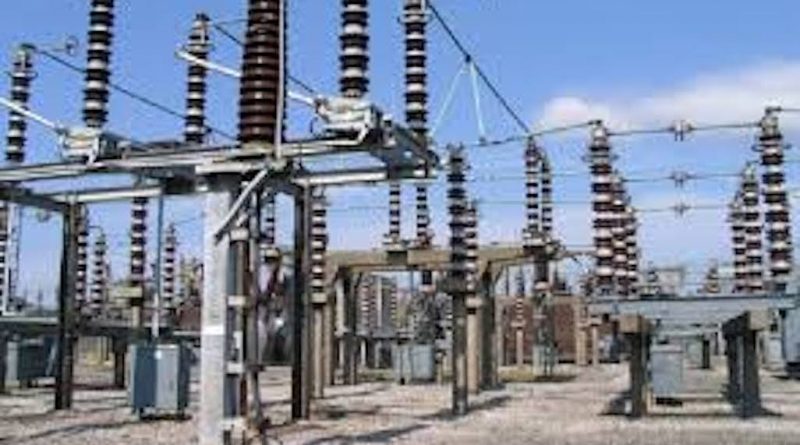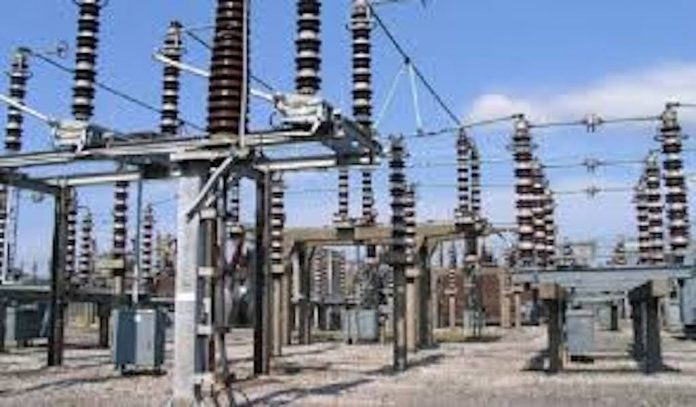Nigerian Power Sector Reform: Where Lies the Missing Link?
By Ayo Abelegbe
The Power Sector reform was an integral part of the ambitious economic reform programme of the Federal Government of Nigeria (FGN) that was unveiled in the year 2000.Prior to that time epileptic power supply from the state-run monopoly – the National Electric Power Authority (NEPA) had been a major challenge the government was grappling with. NEPA was singularly responsible for the generation, transmission and distribution of electricity to consumers across the country. Something had to be done urgently to secure stable power supply with a resultant effect of reducing the cost of doing business in Nigeria.
Borrowing a leaf from the philosophy of Alan Lakein that: “…Planning is bringing the future into the present so that you can do something about it now” the NCP rolled out a clear and ambitious roadmap for restructuring the power sector. The plan included: promoting competition in the power sector; and creating a new legal and regulatory framework that could engender private investment.
The Bureau of Public Enterprises (BPE) which is the secretariat of the National Council on Privatisation (NCP) was responsible for implementing NCP’s roadmap.
A particularly challenging aspect of the reform of the power sector reform involved putting in place the appropriate legislation. The Electric Power Sector Reform Act (EPSRA) was eventually enacted in 2005. With the Act in place, three major strands of the reform process came into being. The first strand involved the metamorphosis of NEPA into a special purpose vehicle – the Power Holding Company (PHCN). This was essential because NEPA was a parastatal under the Federal Ministry of Power. The second strand included the creation of the Nigerian Electric Regulatory Commission (NERC) as the sector regulator. NERC has been imbued with the power to regulate the activities of operators and set cost-reflective tariffs.
The third strand related to the unbundling of PHCN into 18 succession companies: 6 generation (Gencos); 11 Distribution companies (Discos) and the Transmission Company of Nigeria (TCN). The assets, liabilities and staff of PHCN were transferred to the successor companies. Subsequently, FGN sold its majority equity holding in the Gencos and Discos to private investors. However, TCN has remained fully owned by Government. EPSRA also created the Rural Electrification Agency to enhance access to electricity by rural communities within a short space of time.
The public had a high expectation that once privatised the sector would be capable of providing adequate and stable electricity supply nationwide. The expectation was based on the successful reform of the telecoms sector which had improved tremendously post-privatisation. It is however instructive to note that the structure in the telecommunications sector is not identical with the power sector.
In assessing the adequacy or otherwise of the reform of the power sector, the focus has always been on the distribution end as the portal that is supposed to deliver electricity to the electricity consumers. A cursory assessment of the Discos suggests that their their performance appears to be abysmal in the past seven years: epileptic power supply has continued to plague the sector; and Discos have failed to supply pre-paid meters to consumers, instead relying on estimated billing.
One is thus compelled to ask the question: ‘what are the factors militating against the expediency of the power sector?’
Could it have been the regulatory framework that created the problem? A critical review has shown that the EPSRA is an adequate piece of legislation. The Act has made adequate provision for a market structure designed to work through industry regulatory rules, while allowing competitiveness through phased progression. Apart from creating NERC as a sector regulator, the Act provides for a range of regulatory instruments that drive both technical and economic performance such as Multi-Year Tariff Order (MYTO) and market rules. The protection of the poor is well provided for in the legislation. Rural Electrification programmes are promoted through the creation of the Rural Electrification Agency (REA); Rural Electrification Fund; and the Power Consumer Assistance Fund to subsidise underprivileged power consumer.
However, an independent analysis has shown a myriad of factors militating against expedient performance by the Discos. They are a combination of market factors and corporate governance issues. Were any of such factors directly related to the reform process as executed by NCP/BPE? It has been argued in some quarters that there might have been some incorrect assumptions, at the point of privatising the Discos, such as: level of metering, technical capability of the investors, collection/commercial losses and CAPEX allowance.
There are yet other more serious factors militating against the success of the reform programme.
One such factor is an ineffective sector regulator. NERC has not implemented a cost-reflective tariff. Furthermore, its failure to appropriately sanction the Discos for breach of its regulations and vesting contracts has eroded investors’ confidence in the market. The Discos continually reject electricity thus compromising grid safety and reliability of power supply.
Another serious challenge is the lack of synergy between the Discos, TCN and REA. The Discos have complained that expensive infrastructure have been installed by FGN agencies in locations where they have no customers needing supply.
Lack of adequate corporate governance in the Discos also poses a significant challenge to the success of the power sector reforms.
The words of the 34th US President, Dwight D. Eisenhower come reverberating at this juncture: “…Good planning without good working is nothing”. A well thought out and dutifully executed reform process is being hampered by extenuating operational, market and regulatory deficiencies.
It is public knowledge that the FGN is currently seeking assistance from the German power giant – Siemens and the World Bank to reinvigorate the power sector. Before embarking on these initiatives and in order to ensure their success, there is need for the following to occur:
There must be evolution of market rules that would enhance effective contracts between Gencos and Independent Power plants (IPPs), TCN, Discos and gas suppliers with adequate backing for payment and performance guarantees; The Gencos/Discos must be properly recapitalised by the shareholders: FGN, States and the Core investors; and Proper Corporate Governance has to be instituted in the Discos. The full repositioning of the power sector is attainable if cautiously approached.
–––Abelegbe is a public Affairs analyst in Ado-Ekiti, Ekiti State of Nigeria.



